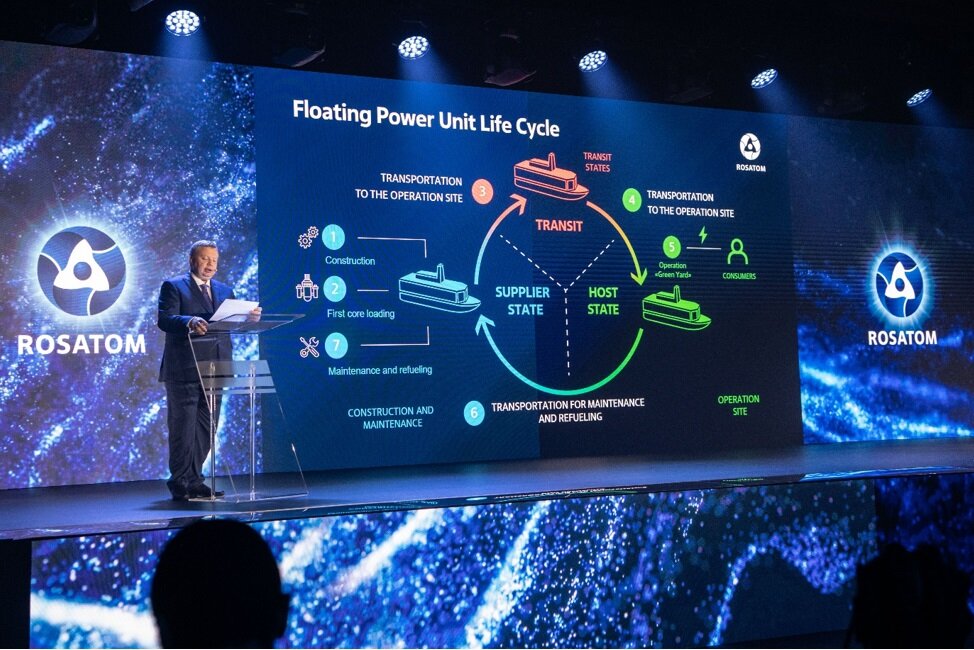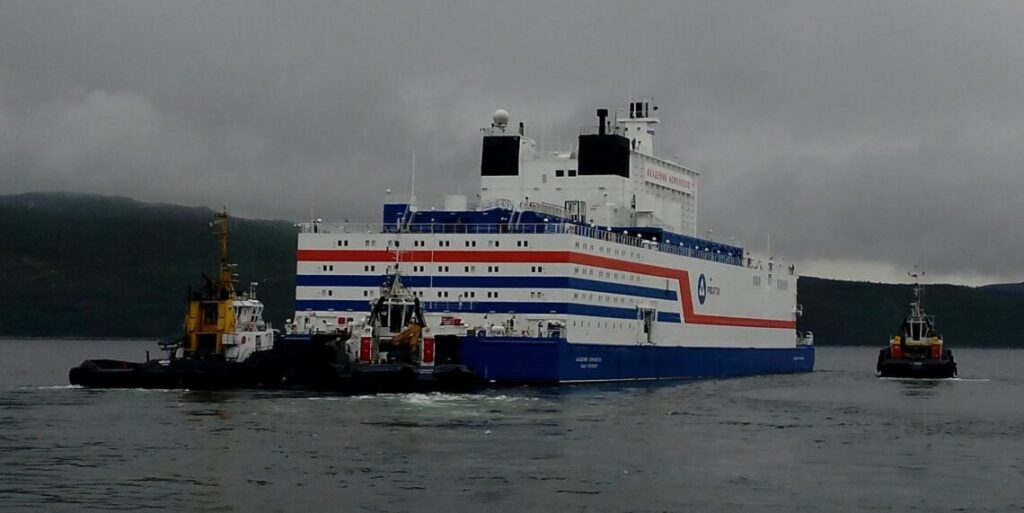What to do in case of a nuclear emergency ?
How to prepare?
In Europe 168 nuclear power reactors are in operation (IAEA PRIS data) from its Eastern to Western part, in which an accident can happen like Chernobyl and Fukushima.
Moreover, 3 years after the invasion of Ukraine by Russia, we see how war can impact safety and security of the nuclear power plants with multiple crisis around Zaporizhzhia and Chernobyl nuclear power plants which reminded the world of this terrible accident leading to the evacuation of 115,000 persons in the late 1980’s.
This month, on Friday, February 14 a drone strike occurred on the New Safe Confinement structure at the Chernobyl Nuclear Power Plant with fortunately “no indication of a breach in the inner containment” shell and radiation levels remaining within normal parameters according to the State Emergency Service of Ukraine.
For this reason, in an open letter Nuclear Transparency Watch called the European Nuclear Safety Regulators Group (ENSREG) to consider stress-testing nuclear power stations in the light of the new situation in Europe.
CALL for a post-Ukraine nuclear stress test process for all European nuclear power stations
Furthermore, a working group within Nuclear Transparency Watch worked on a leaflet meant to inform civil society on What to do in case of a nuclear emergency and how to prepare?
This leaflet is not meant to replace the information provided by the institutions such as the International Atomic Energy Agency (IAEA) or local authorities on this topic but rather to offer a complementary support from civil society to civil society.
Therefore, this leaflet will be translated in the different European languages of the civil society organisations composing Nuclear Transparency Watch network to support them and for any other civil society organisation or individual interested.


You must be logged in to post a comment.